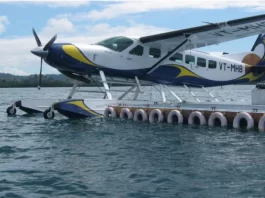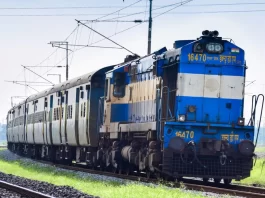The Amendment to the Aircraft Rules, 1937, which was formally published in the Gazette on October 10, 2023, signifies a significant transition in the Indian aviation industry towards enhancing safety and security while also facilitating business operations. Amendment to the Aircraft Rules, 1937: This Is a Significant Step Towards Strengthening Aviation Safety and Business Friendliness in Aviation Regulation.
The Amendment to the Aircraft Rules, 1937, results from extensive consultations with industry stakeholders, says the government. It aims to strengthen the regulatory safety and security framework by implementing necessary reform measures. The amendments above bring India’s aviation regulations into conformity with the SARPs (Standards and Recommended Practices) of the ICAO (International Civil Aviation Organisation) and global benchmarks. Gazette Notification No. 13.04.2023 Amending the Aircraft (Demolition of Obstructions Caused by Buildings and Trees, etc.) Rules, 1994 has already notified a portion of these reforms.
A significant aspect of the 1937 Amendment to the Aircraft Rules is the modification made to Rule 39C. This amendment extended the validity period for Airline Transport Pilot Licence (ATPL) and Commercial Pilot Licence (CPL) bearers from five to ten years. This modification will likely alleviate the administrative workload of pilots and aviation regulatory bodies such as the DGCA, thereby facilitating a licensing procedure that is more streamlined and effective.
In Rule 66 of the Amendment to Aircraft Rules, 1937, significant modifications were implemented to address apprehensions regarding the “false lights” exhibition near an airport. This revision specifies that lantern lights, wish kites, and laser lights are all included in the definition of “light.” The government’s jurisdiction over individuals or entities displaying such lights has been expanded from a radius of 5 kilometres around an airport to 5 nautical miles. Moreover, it is explicitly stated that the government has the jurisdiction to impose penalties on individuals who exhibit lights that impede the secure functioning of aircraft or present dangers to the personnel in flight. After twenty-four hours of unattended operation, the government can enter the premises and extinguish the lighting. The incident shall be reported concurrently to the appropriate police station to pursue legal action following the Indian Penal Code (IPC). If the light source cannot be identified or undergoes a location change, it is the responsibility of the airport or airline operator to expeditiously notify the local police station about the incident, thereby commencing possible criminal proceedings.
Furthermore, the redundant Rule 118 of validating foreign licences has been eliminated. This modification denotes the synchronisation of regulations with the progressive demands of the aviation industry.
In addition, a provision has been added to Schedule III to relax the recency and competency requirements for Air Traffic Controller Licence holders while ensuring their sustained competence. Air traffic controller licence bearers must now fulfil at least ten hours of simulated exercises encompassing emergency scenarios to enhance adaptability in circumstances involving restricted movements or watch hours. Following this, individuals must participate in a talent evaluation for their specific rating within ten consecutive days from the date they initiate these exercises.
The modifications above to the Aircraft Rules, 1937 signify a substantial advancement in enhancing aviation security, safety, and the business environment within the aviation industry in India. Implementing these reforms will contribute to the aviation industry’s expansion and long-term viability, guaranteeing its position as a leader in international aviation benchmarks.





